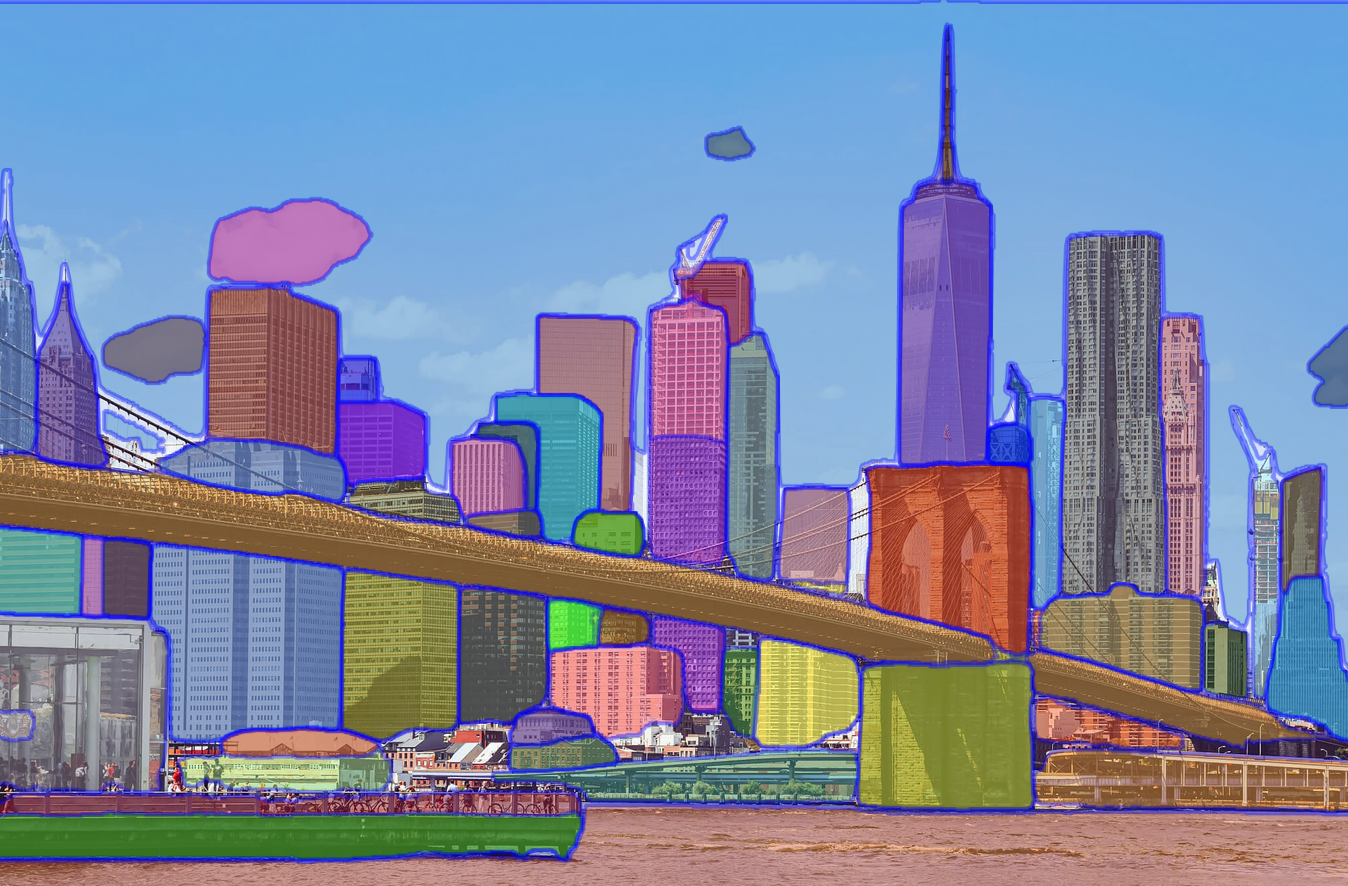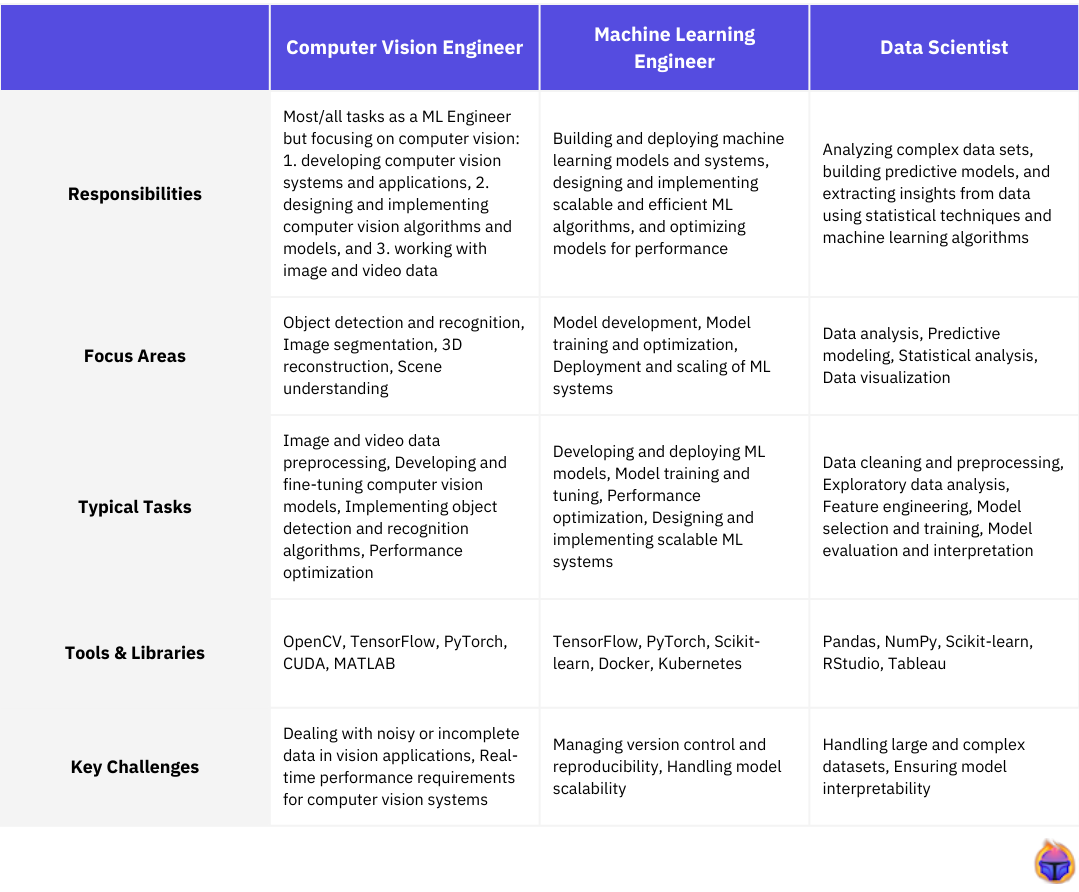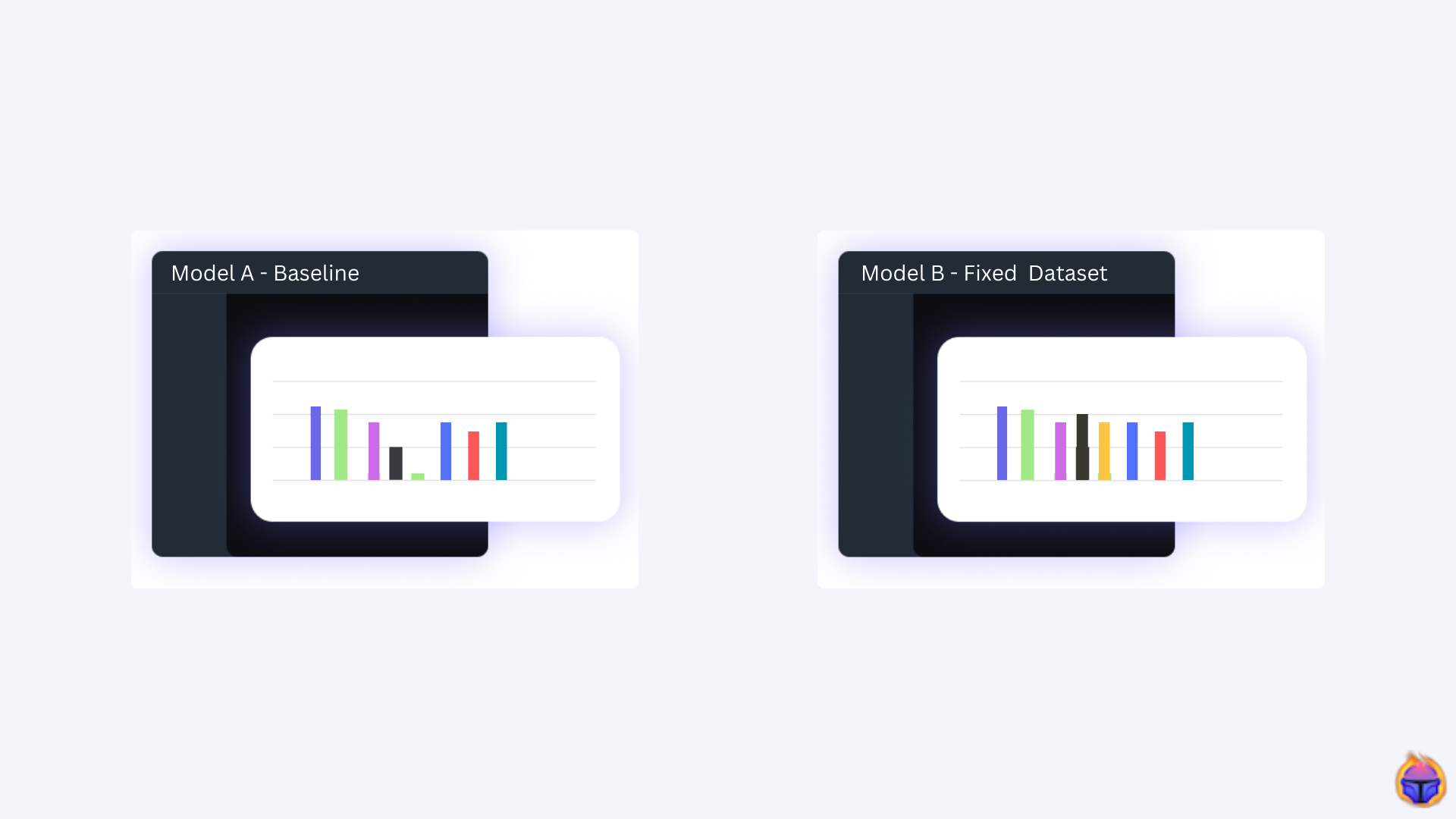In the journey to become a proficient computer vision engineer, mastering the skills required at each stage of the machine learning life-cycle is crucial. This article introduces a blueprint with the skills a computer vision engineer is expected to dominate: foundations (basics, programming skills, machine learning concepts) and machine learning life-cycle (data, model, evaluation, and deployment). By following this structured approach, aspiring engineers gain a comprehensive understanding of the skills needed to excel in the field.
Table of Contents
- What is a Computer Vision Engineer
- The Computer Vision Engineer Blueprint
- Summary
1. What is a Computer Vision Engineer
1.1 Why computer vision
Computer vision [1, 2] is a dynamic field that enables machines to understand and interpret visual information, simulating human visual perception. By harnessing the power of artificial intelligence and image processing techniques, computer vision opens up a world of possibilities.

From autonomous vehicles and surveillance systems to medical imaging and augmented reality, computer vision has become an integral part of numerous industries [3]. It allows machines to analyze images and videos, detect objects, recognize faces, and make intelligent decisions based on visual inputs.
1.2 What is a computer vision engineer
A computer vision engineer is a professional who specializes in developing and implementing computer vision systems and applications.
Computer vision engineers leverage techniques from computer science, machine learning, and image processing to design algorithms and models that enable machines to understand and interpret visual data, such as images and videos, in a manner similar to human visual perception.
A pragmatic way of understanding what is a computer vision engineer is by comparing this role with other similar positions as shown in Table 1.

1.3 Growing demand for computer vision engineers
The role of a computer vision engineer is consistently ranked as one of the most in-demand AI jobs. Computer vision engineers build the models and systems that can analyze and understand digital images. They develop artificial neural networks that can detect, classify and recognize patterns in large amounts of visual data.
Based on Glassdoor, the average salary for a computer vision engineer in the U.K. is well over £50,000 per year. Some of the top tech companies hiring computer vision experts include Amazon, Apple, Google, Microsoft, and various robotics and autonomous vehicle startups.
2. The Computer Vision Engineer Blueprint
2.1 The Blueprint
Becoming a computer vision engineer requires building expertise in a variety of technical areas.

The foundational skills include mathematics, statistics and computer science fundamentals (1). You need to become proficient in programming languages (2) suited for AI like Python and C++, and libraries such as TensorFlow, and PyTorch. Beyond that, understanding machine learning concepts (3) and techniques is key.
Computer vision revolves around the machine learning life-cycle. It starts with collecting and annotating data (4) to train your models on. You then determine the model architecture and hyper-parameters (5) for your computer vision task. Next, you rigorously evaluate (6) your models to analyze their performance and see where they falter. Finally, you optimize your models and deploy them (7) to build real-world applications.
This section of the article provides a blueprint of the 7 key stages for developing skills in computer vision based on the machine learning project life-cycle, Figure 2. From the basics to model deployment, we will explore the steps to becoming a competent computer vision engineer.
2.2 Building a Strong Foundation
- Basics. To embark on the journey of becoming a proficient computer vision engineer, it is crucial to establish a solid foundation in fundamental mathematics and computer science concepts. You need to understand linear algebra, calculus, probability, logic, and algorithms. Just as a painter needs to understand colour theory to create captivating artwork, a computer vision engineer must comprehend mathematical concepts to manipulate and extract meaningful information from images. For example, understanding matrix operations and eigenvectors can be likened to a painter skilfully blending colours to create harmonious compositions in their artwork.
- Programming skills. Proficiency in programming enables the implementation and optimization of computer vision algorithms. The dominant language for computer vision is Python, given its many libraries suitable for machine learning and image processing. You also need to know about databases, not only SQL & NoSQL databases but also Vector Databases. Familiarity with version control and debugging tools is also required. Programming skills enable computer vision engineers to shape raw data into meaningful visual insights.
- Machine learning concepts and methods. You need to understand supervised and unsupervised learning, classification, segmentation, and object detection. Frameworks like TensorFlow and PyTorch provide tools for applying machine learning to build computer vision models. Classification tackles predicting categories, detection locates objects in images, and segmentation groups pixels. Supervised learning can be compared to an apprentice learning from a master craftsman, while unsupervised learning is like an explorer discovering hidden patterns in uncharted territories. These concepts equip computer vision engineers with the ability to navigate the vast landscape of visual data and extract meaningful information.
2.3 The Machine Learning Life-cycle: the tools of the trade
- Data. Mastering the data stage of the machine learning life-cycle requires a diverse skill set. Data acquisition involves sourcing, collecting (sometimes via web scraping), and organizing relevant datasets. You need to be adept at visualizing data through libraries like Matplotlib to explore properties. Annotation expertise involves accurately labelling images or videos for supervised learning tasks; tools like labelImg facilitates labelling images. Pre-processing skills, such as normalization or feature scaling, ensure the data is in a suitable format for model training. A computer vision engineer must become adept at handling data in all its stages, from acquisition to pre-processing.
- Model. The model stage is where the computer vision engineer implements the core algorithms for different tasks (e.g. object detection). Familiarity with the model architectures most relevants to the field, such as convolutional neural networks (CNNs) and vision transformers (ViT) allows for effective understanding of the limits of these approaches. Transfer learning is a must technique to master, since it enables the engineer to leverage pre-trained models and adapt them to new tasks, saving time and resources. An engineer needs to be able to optimize models through techniques like backpropagation, tune hyperparameters, train and track experiments with TensorBoard. But sometimes the engineer must simply recognize it is more convenient to use libraries such as Pytorch Lightning to speed up the machine learning life-cycle.
- Evaluation. The evaluation stage requires proficiency in choosing appropriate metrics to assess model performance, such as accuracy, precision, recall, mean Average Precision (mAP) or F1 score. Visualization techniques help interpret and present evaluation results effectively, aiding in decision-making. Detecting, investigating and fixing failure cases is key. Skill in spotting model limitations and inaccuracies provide critical feedback to improve your models. These skills enable rigorous testing and interpretation of model performance. Computer vision engineers need to be skilled at extracting meaningful insights from evaluation metrics, visualizing performance, and learning from failure cases to refine their models.
- Live (i.e. Production). In this stage, the best models are put into practical use. Knowledge of deployment frameworks, such as TensorFlow Serving or web frameworks such as FastAPI, enables the engineer to create APIs or web services for seamless integration into applications. Understanding infrastructure requirements, such as cloud computing or edge computing, allows for efficient deployment of models in various environments. Model optimization techniques, like model compression or quantization, ensure models are lightweight and efficient. Addressing security concerns, such as privacy protection or adversarial attacks, is vital. Ongoing model evaluation on new data, monitoring and logging, and implementing error handling and quality assurance processes ensure models perform reliably in real-world scenarios.
3. Summary
Becoming a computer vision engineer is challenging yet rewarding. Using the machine learning life-cycle, we mapped the journey to gaining the necessary expertise. Rather than a random assortment of skills, the life-cycle provides a proven framework for building applied machine learning systems.
Starting from a foundation in mathematics, programming and machine learning, you advance to the stages of managing data, developing models, rigorously evaluating performance, and deploying optimized systems. At each stage, certain skills must be developed, honed and perfected before progressing to the next.
With hard work and persistence, traversing the life-cycle stages allows you to achieve mastery and a successful career in this exciting field. Computer vision is the future, and the demand for engineers will only continue to grow. If you dedicate yourself to progressive learning and maintaining an up-to-date skill set, the opportunities are endless.
References
[1] Literature Review: Computer Vision Applications in Transportation Logistics and Warehousing
[2] A Literature Survey on Computer Vision Towards Data Science
[3] A Review on Machine Learning Styles in Computer Vision — Techniques and Future Directions
Authors: Jose Gabriel Islas Montero, Dmitry Kazhdan, Botty Dimanov
If you would like to know more about Tenyks, sign up for a sandbox account.








